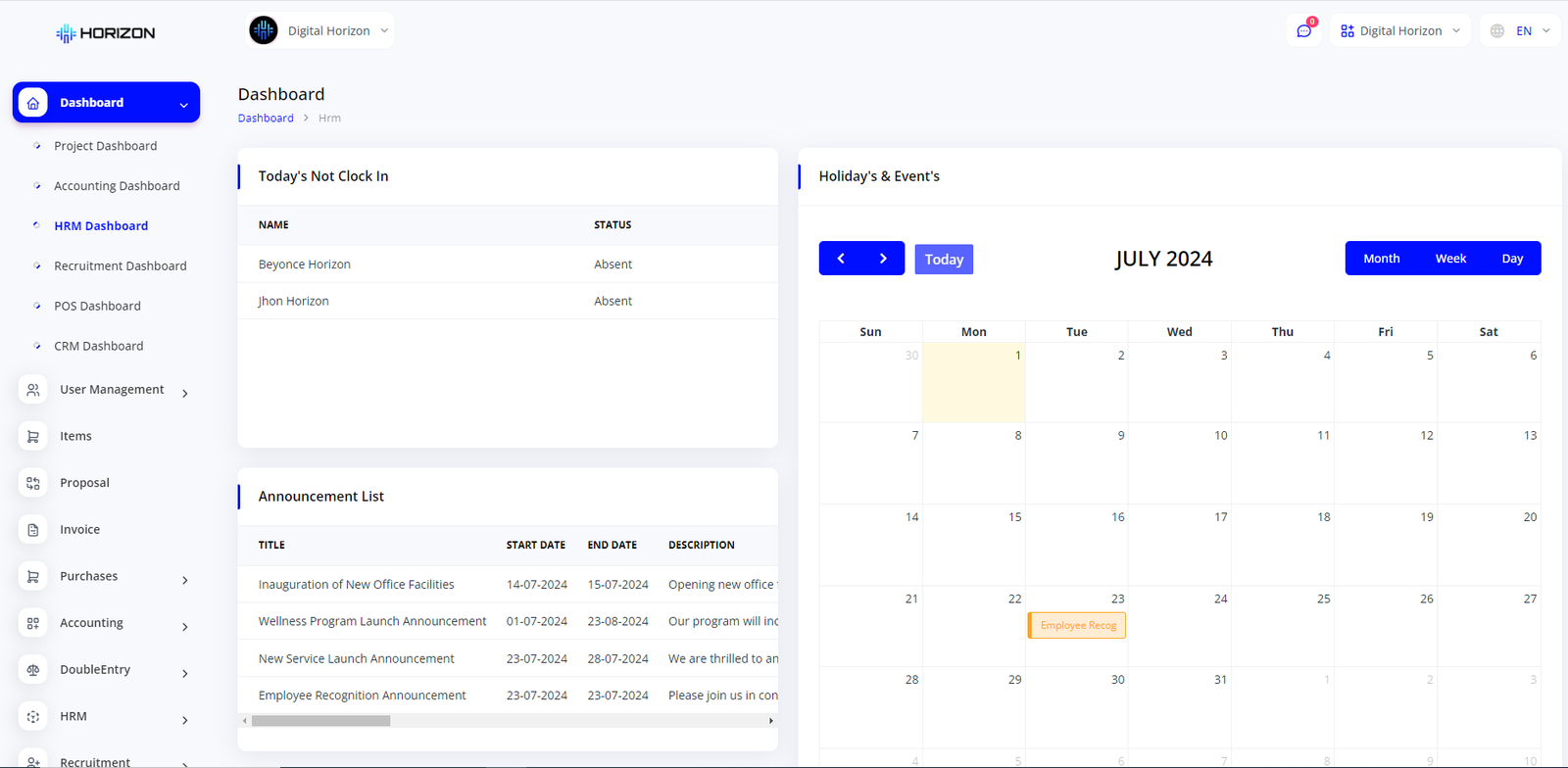Human Resource Management
Employee Management Cloudbase system Payroll
"Best Erp System In the Philippines"

Smart Solution For Modern Business
- Free online course training
- After Sales Support
- Business Owners Community
features
Manage Your HR Like A Boss

Enterprise Resource Planning System (ERP)
We offer web-based Human Resource Management Systems that simplify HR processes and boost workforce efficiency. Our user-friendly, innovative solutions ensure seamless integration and real-time access.
01
Human Resource Management System (HRM)
We offer user-friendly, web-based Human Resource Management (HRM) systems that make managing HR tasks simple and efficient. Our solutions help streamline processes, boost employee productivity, and provide real-time insights, empowering your business to grow and succeed
02
Point Of Sale (POS)
Offering intuitive, web-based Point of Sale (POS) systems that streamline transactions, manage inventory, and provide real-time sales insights. Our user-friendly solutions enhance customer experience, boost efficiency
03
Property Management System (PMS)
We offer all-in-one solution for hassle-free property management. From rent collection to maintenance tracking, our user-friendly platform empowers you to effortlessly oversee your properties, ensuring peace of mind and happy tenants.
04
Digital Business Card
Introducing our digital business cards, an eco-friendly and convenient way to share your contact information. Easily customizable and instantly accessible, our digital cards help you make a lasting impression while keeping all your details up-to-date and at your fingertips.
05Manage Key Employee Matters Easily
Create a profile for every employee and track their key information, including position, salary, and career progress. Update and change their information in just a few clicks. Track employee contract status. Transfer them to different departments, branches, or terminate the contract if needed.
Recruit New Candidates And Grow Your Team
Speed up your hiring process. Use built-in hiring features to create and manage new job openings and fill your open positions faster. Collect and manage applications from start to finish. Easily compare candidates and pick the best one for the job.
Pay Your Employees For Their Hard Work
Manage payroll in just a few clicks. Calculate salaries, schedule deposits, and make sure your employees get paid on time. Keep data of all workforce costs, transfers, deposits, and other employee-related transactions for future reference.
Pricing
Basic
Billed Yearly- Human Resource Management
- Employee Management
- Performance Tracking
- Payroll Processing
- Recruitment and Onboarding
- Up to 50 User
- Own Domain and hosting
Standard
Billed Yearly- Human Resource Management
- Employee Management
- Performance Tracking
- Payroll Processing
- Recruitment and Onboarding
- Up to 100 User
- Custom Domain
Enterprise
One Time Payment- Human Resource Management
- Employee Management
- Performance Tracking
- Payroll Processing
- Recruitment and Onboarding
- Unlimited User
- Own Domain and hosting
Have a question?
Frequently Asked Question
HR promotes employee engagement through effective communication, recognition programs, career development opportunities, and fostering a supportive workplace culture.
The human resources management system that you select should come with an attendance management system, shift scheduler, leave management system, time tracker, performance management system, employee self-service portal, centralized employee database, people analytics, and workflows to support HR automation. It should also make it easy for organizations to integrate with other useful third-party applications, like a payroll management system or even a rewards and recognition platform.
It's good to implement an HRMS for your organization if you have more than five employees and you plan on hiring more employees in the near future. If you were to wait until after your workforce grew, the HR team would need to migrate all the paper-based information over to the human resources management system. When you implement it early on, all the data and information about your workforce is conveniently centralized. This not only provides better visibility but also simplifies compliance management.
As long as you select an option that offers decent customer support, its implementation will be simple. Most HRMS vendors assign a dedicated team of product experts to their customers and make it a point to understand their needs and customize the system accordingly. Most of the time, they offer their assistance to simplify data migration too.
Yes, HRMS systems often integrate with payroll systems, ERP software, recruitment platforms, and performance management tools to streamline data flow and ensure consistency across departments.